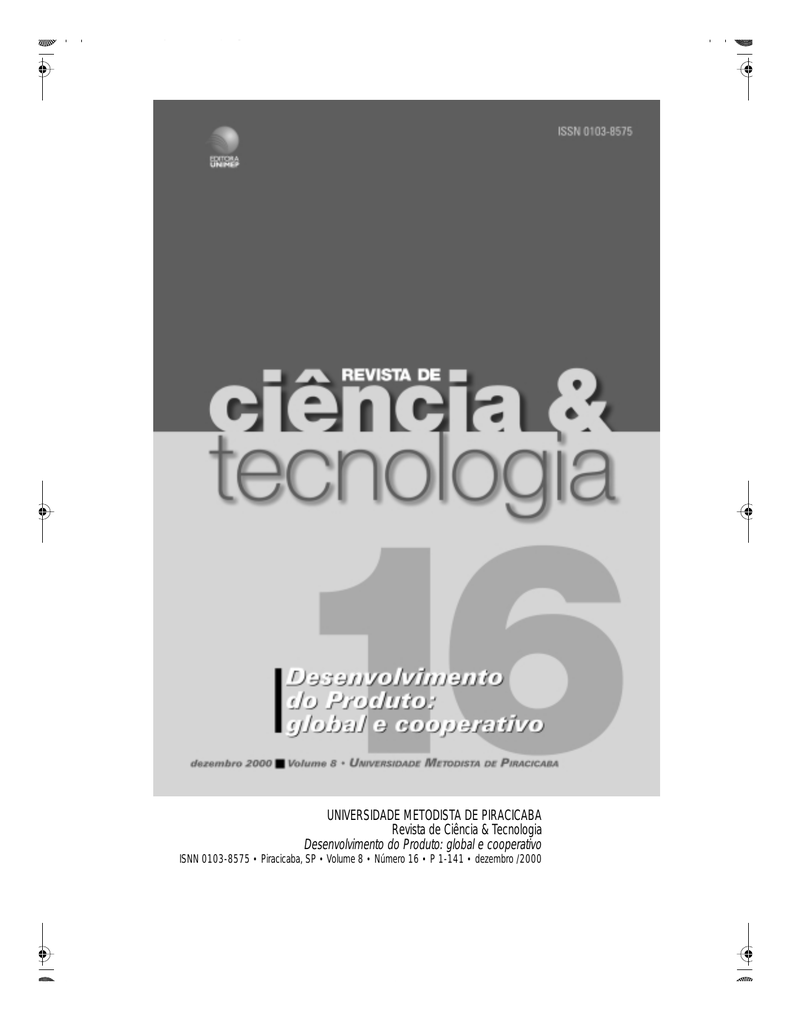
Contents List of Figures.15 List of Tables. TechComm Mini Mesh Wireless Portable Bluetooth HiFi Speaker. This wireless 5W Bluetooth speaker features a lightweight, miniature design which is easy to fit in most bags and pockets. Search Groupon Zip Code, Neighborhood, City Search. Recently Viewed. This is a website that introduces the accessories of Olympus Compact Digital Camera Tough TG-5. TechComm Mesh Wireless Portable Mini Bluetooth Hi-Fi Speaker with 5W Output Power, Powerful Battery and Auxiliary Input, for Music and Hands-Free Calling Features: Wireless Hi-Fi Speaker Easily pairs with any device via Bluetooth (smartphones, tablets, laptops, notebooks, etc.) Hands-free calls with great sound quality 5W speaker delivers clear and powerful sound The newest, most advanced.
So at this point, the only thing that this whole model provides that is beneficial for me is the voice remote, that is it, and I am not very good with using voice commands - again, my brain doesn't work that way - I don't use Cortana, or hey google on computer or phone, I use the keyboard and I even use a keyboard with my smart phone. Canon offers a wide range of compatible supplies and accessories that can enhance your user experience with you EOS Rebel T5 18-55 IS II Kit that you can purchase direct. Scroll down to easily select items to add to your shopping cart for a faster, easier checkout.
An important part of user guides—in fact, of almost any technical document—is the process that produces it:User Manual For Techcomm Model Mesh Sd T5 Plus

- Initial planning—Early planning on a user guide involves needs assessment (is any documentation needed at all?), audience analysis (who will be using the user guide; what are theiur needs?), task analysis (what will users use the product for; what are their common tasks?), library plan (what books, in addition to a user guide, are needed to support the product?), and so on.
- Documentation proposal—If you are working freelance or as part of an independent documentation firm, you may have to write a proposal in an effort to win a contract to do a certain technical documentation project.
- Documentation plan—User guides need documentation plans, which are internal supporting documents that specify content, audience, design, format, production team members, schedule, and other such information about a documentation project and its 'deliverables.' The documentation plan resembles the documentation proposal in certain ways, but the plan represents an established plan agreed upon by everybody involved in the production process (and that means both the user guide and the product it documents).
- Prototype and specifications—Important planning tools, which also serve as useful reference tools during a documentation project, include the prototype of the user guide and the specifications for the user guide. The prototype is a dummy version of the book with all planned components of the book (see the list on book-design components) and all planned elements (see the list under format and style). However, the prototype uses 'greeked' text like the following, instead of real text:
Lorem ipsum dolor sit amet, consectetuer adipiscing elit, sed diam nonummy nibh euismod tincidunt ut laoreet dolore magna aliquam erat volutpat. Ut wisi enim ad minim veniam, quis nostrud exerci tation ullam corper suscipit lobortis nisl ut aliquip ex ea commodo consequat. Duis autem vel eum iriure dolor in hendrerit in vulputate velit esse molestie consequat, vel illum dolore eu feugiat nulla facilisis at vero eros et accumsan. Typically, the prototype of the user guide is very brief: it need include only as many pages as it takes to illustrate every unique textual component and textual element that will be used in the user guide.
Specifications are descriptions of a book design in table form. Specifications describe every unique component or element of a book, so that it can be recreated by someone who might not have access to the electronic files, templates or styles of that book.
- Template and style catalog—A well-designed user guide, and a well-designed process to produce that user guide, should include templates and style catalogs. A template is an electronic file that defines such aspects of the user guide as page size, headers and footers, page-numbering style, regular and special page layout, and other such detail.
A style catalog is also an electronic thing that defines the format and style of textual elements such as headings, headers, footers, lists, paragraphs, tables, and so on. For example, a style for a 'heading 1' might specify 24-point Arial bold with 24 picas above and 12 picas below. Styles help you create a user guide more efficiently; styles also help you maintain consistency in the format and style of that user guide.
- Multiple review drafts & sign-off—A good process for the production of a user guide also includes several drafts that editors, technical experts, usability testers, and documentation team members can review and provide comments on. You as writer then implement those comments and produce a new draft for these same people to review again. When everybody is satisfied with the draft of the user guide (or worn out or out of time), they sign off on the user guide, and it can then go into 'production,' which means producing the finished bound copies.
User Manual For Techcomm Model Mesh Sd T5 For Sale
As you can see, a user guide brings together many of the topics covered in this online textbook. If you are taking a technical writing course, you probably cannot implement all these features and phases of a user guide. Get with your instructor to see which are required.